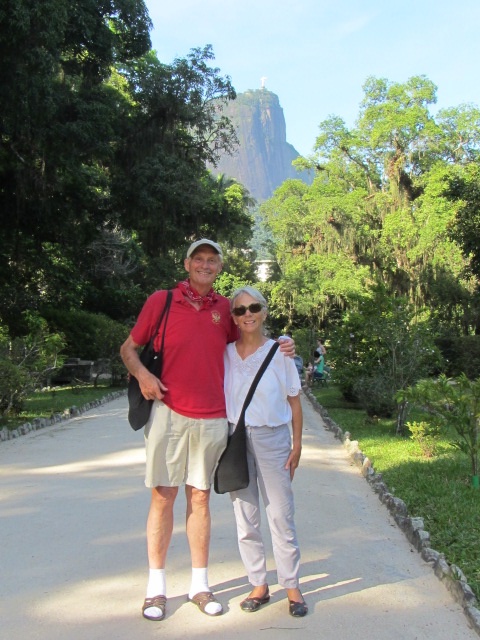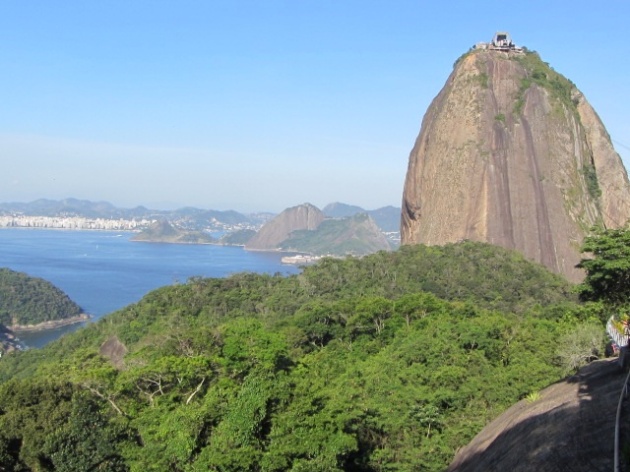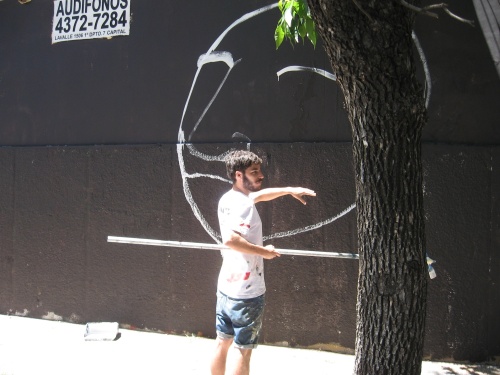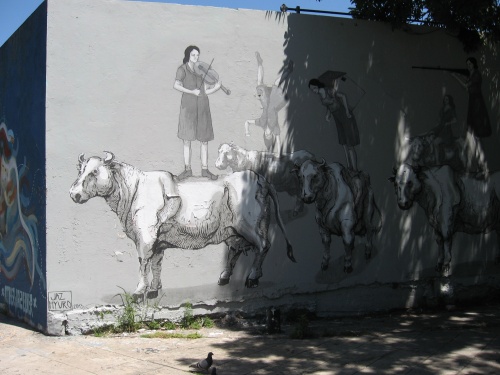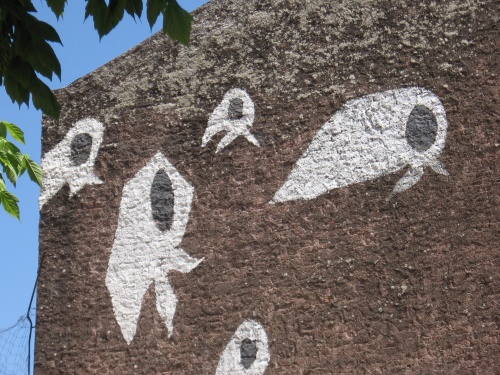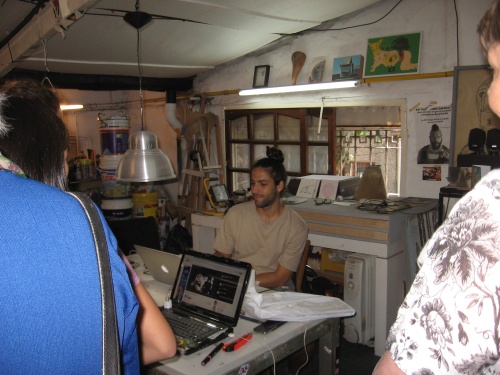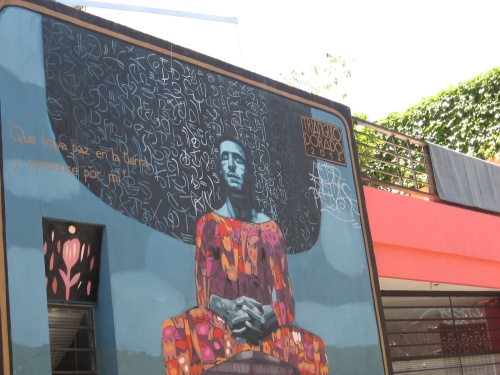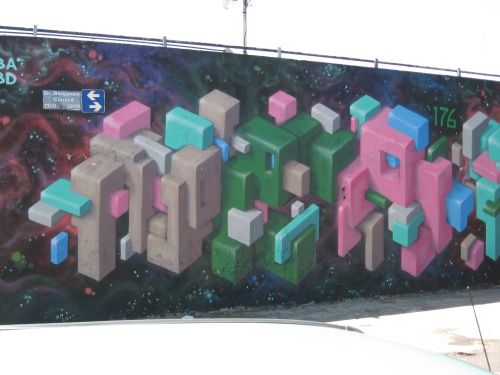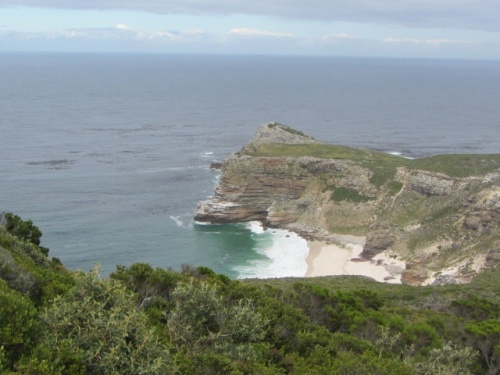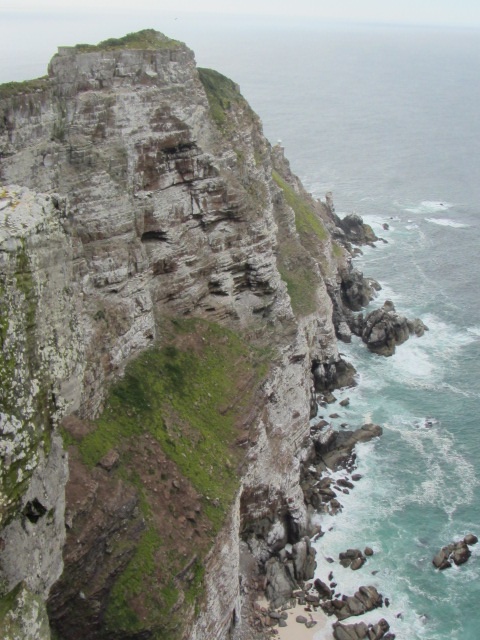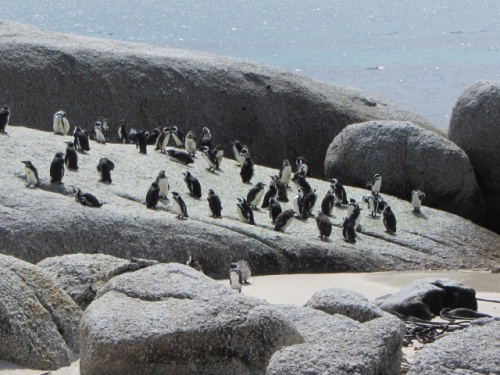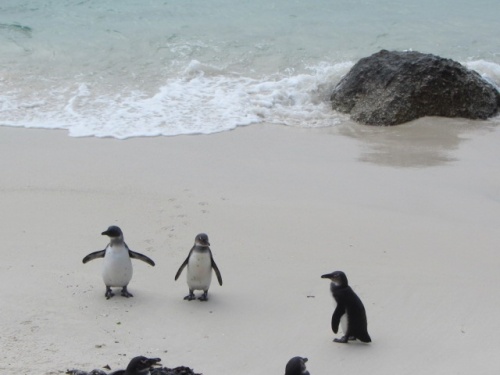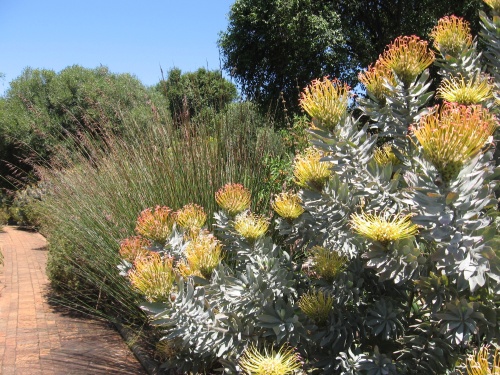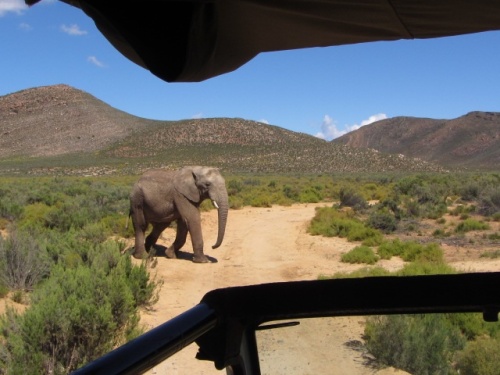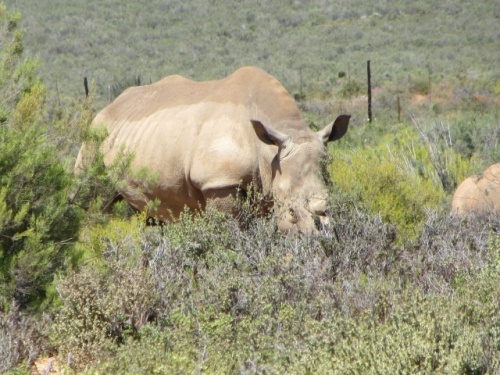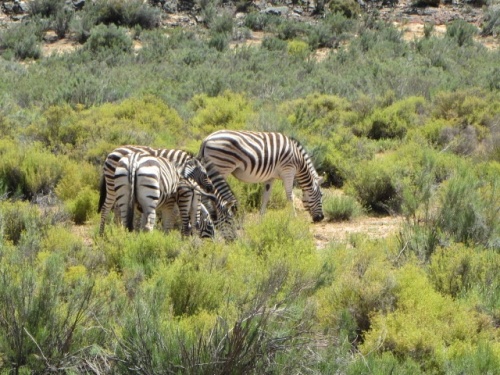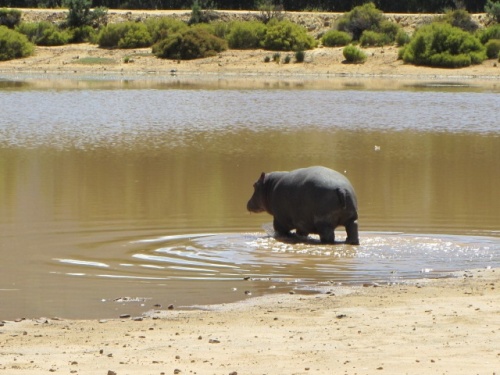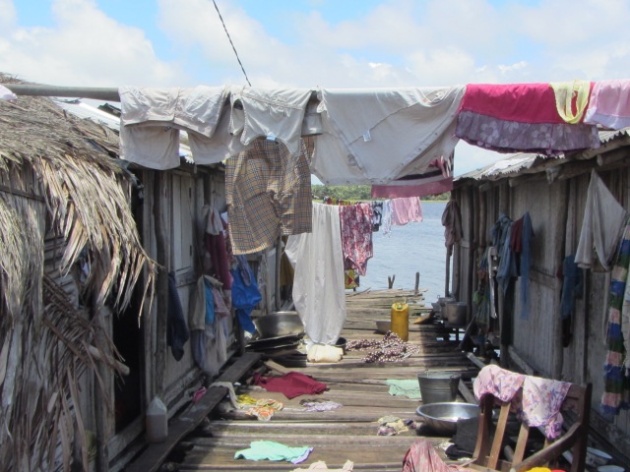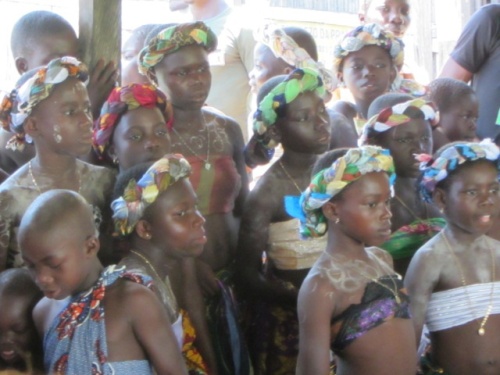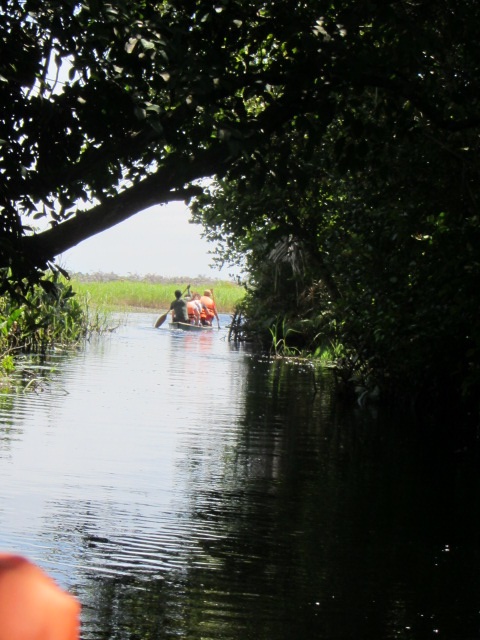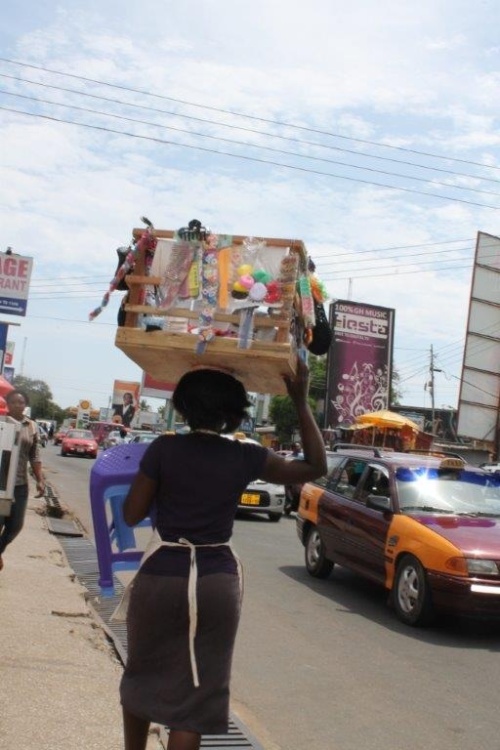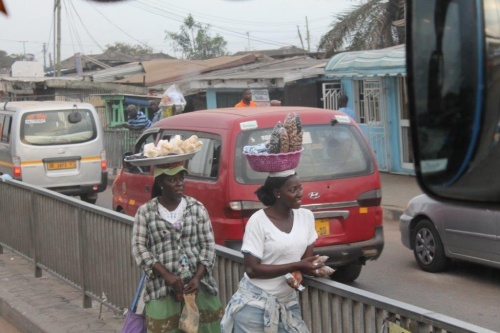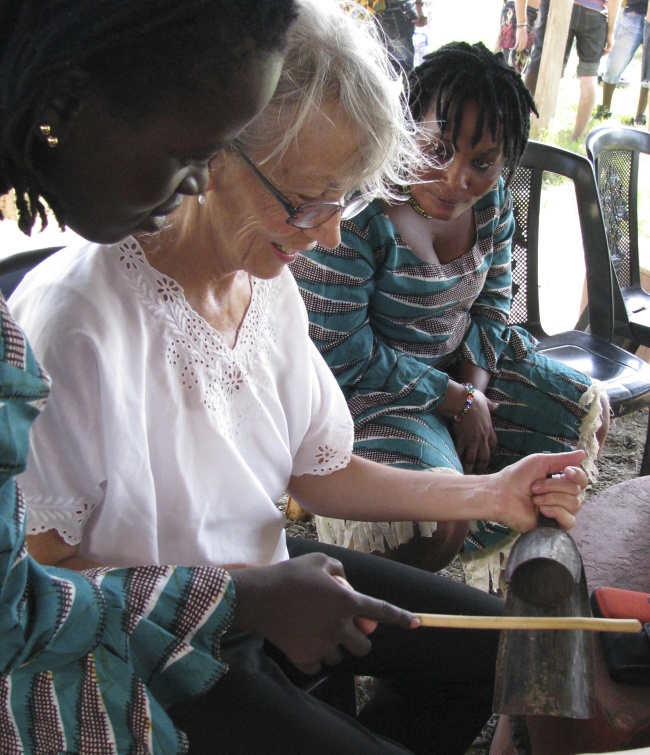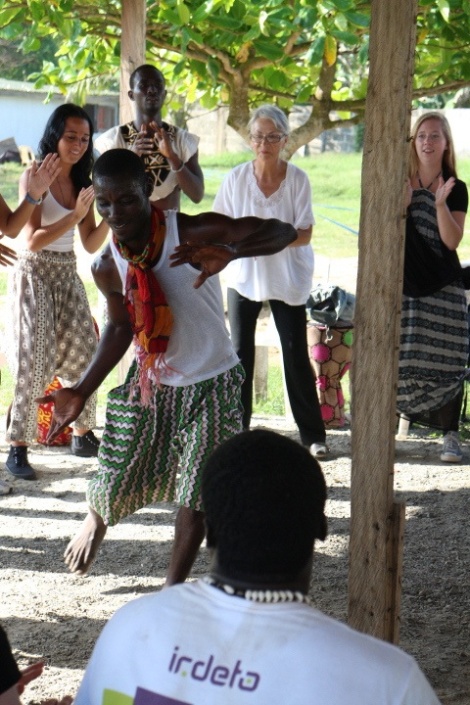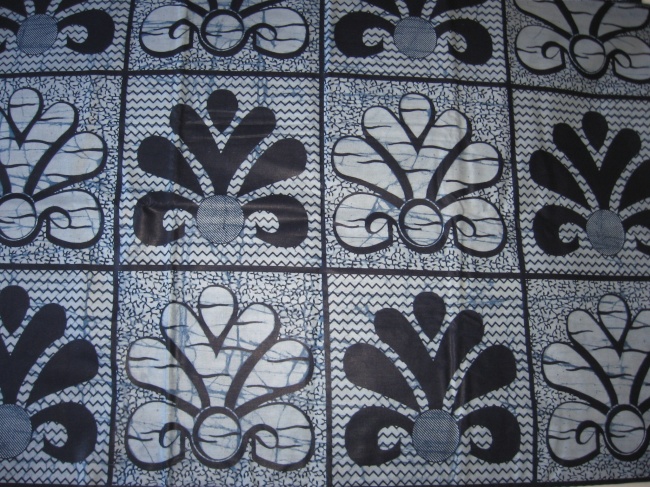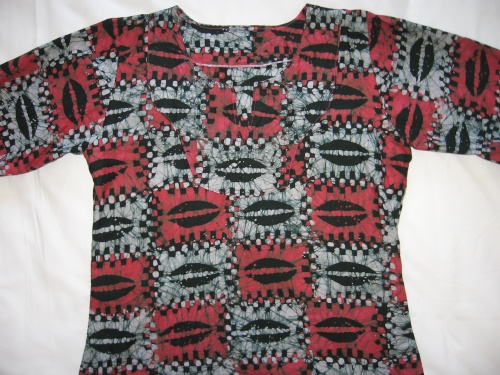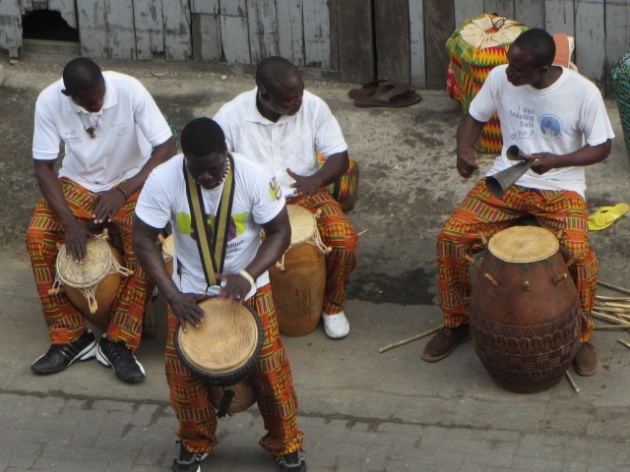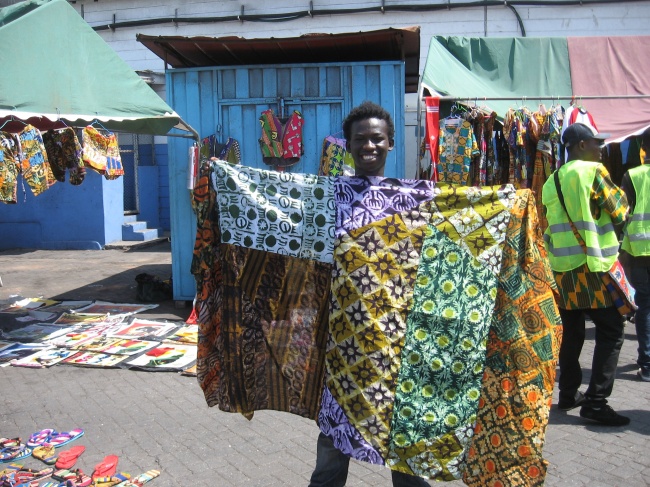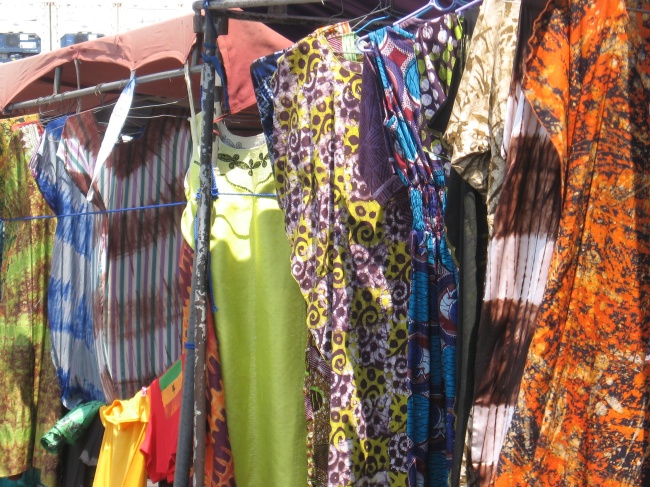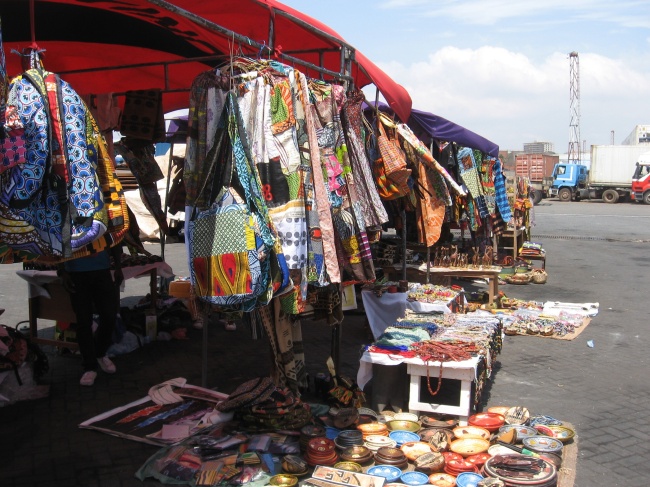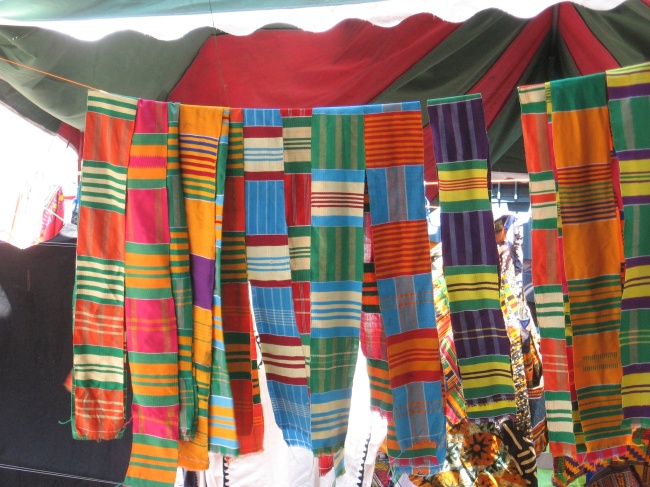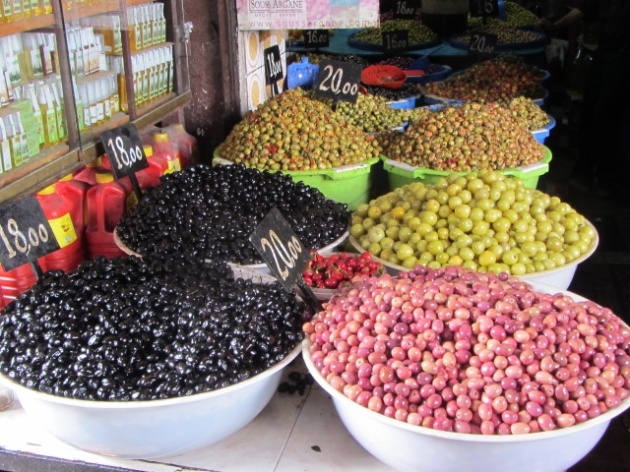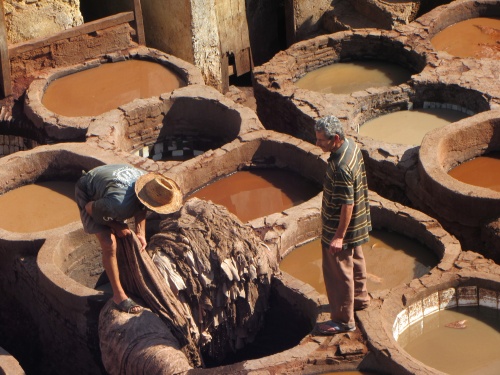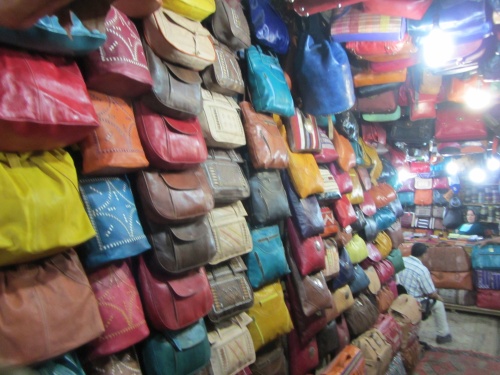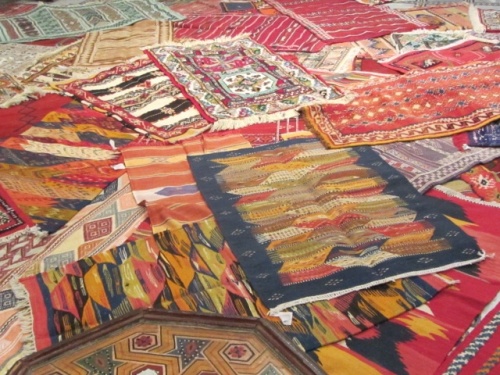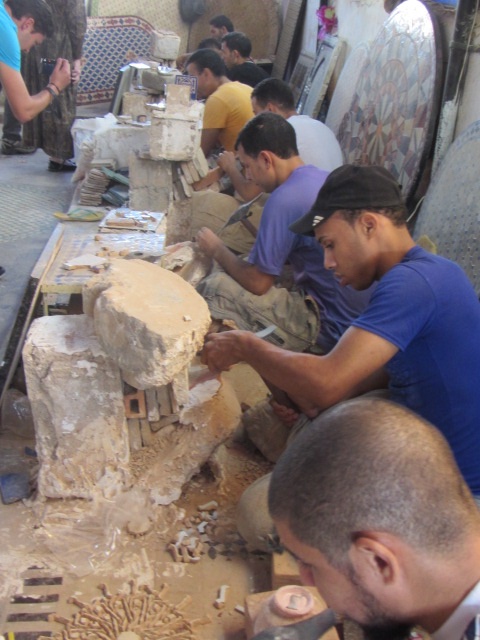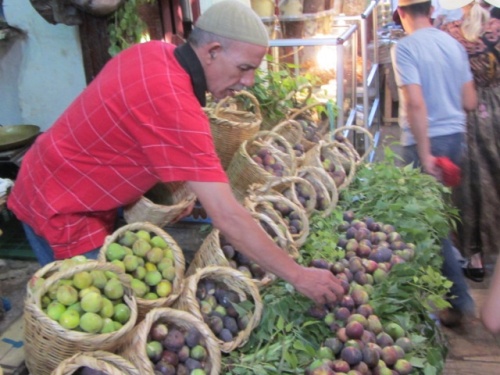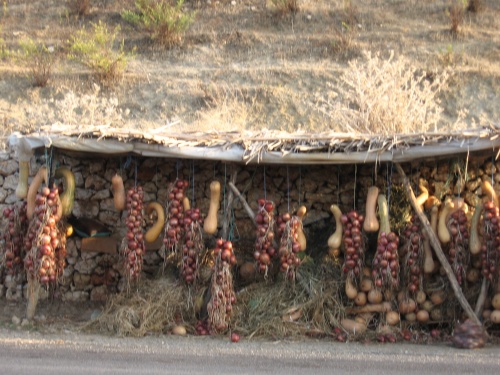
Look at this mosaic! Isn’t it wonderful? Doesn’t it remind you of something?
It began to come together for me in Casablanca. Spain and Morocco share the Berbers! The Berber/Arabs from Morocco are also the Moors who lived in Spain for 500 years, including the artisans and craftspeople who, in Spain, had created mudejar that wonderful architectural style and interior decoration that is in the Alcazar in Seville. That ornate, intricate style was created by Muslim craftsmen for Christian patrons. So, it seems that these patterns in clay and plaster all began with the Berbers, were developed by the Moors, and returned to Morocco to influence and merge with what they had come from.
Isn’t it interesting that those tiles in Portugal and Spain that we love have these mosaic patterns, but that over time they were painted on with glaze–no doubt an economic decision. The labor to produce a mosaic wall is immense. And in Morocco, we got to see so many.
Going back in time, one asks ” where did this love of mosaics come from?” Perhaps it was inspired by this lovely lady from Volubilis, a Roman ruin near Meknes. Perhaps the Arabs/Berbers of Morocco loved this Roman decoration too and craftsmen evolved their patterns from some of these

Volubilis added historical and visual depth to what we had seen in Europe, and linked patterns and shapes that appear on the floors, walls, doors and ceilings in both Spain and Morocco. Here is a Roman bath with arcs, a pattern one sees often.
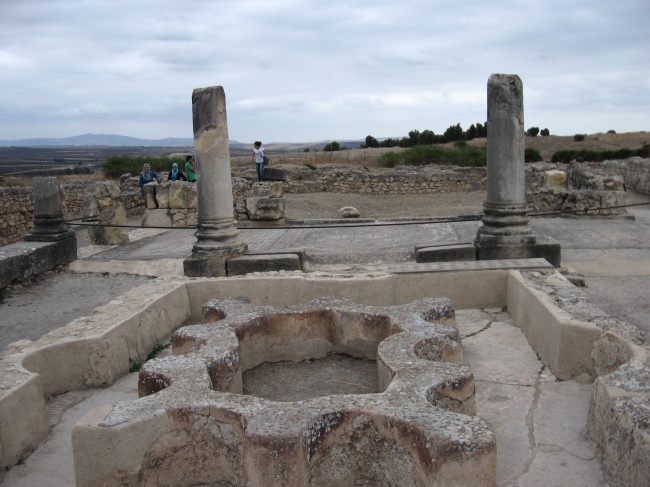
One beautiful difference in Morocco was seeing Arabic script in plaster or carved in wood, such as this wall in an old school.
The skills to work in plaster or mosaic pieces live on in Morocco. The present king’s father had a mosque built in Casablanca as a show piece that foreigners could visit.
It is massive and the workmanship is on a grander scale, but the mosaic detail is still there.
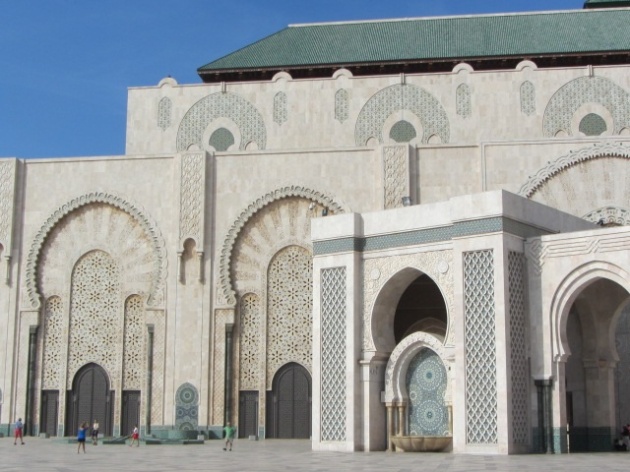
For a bit more beauty, here is a door–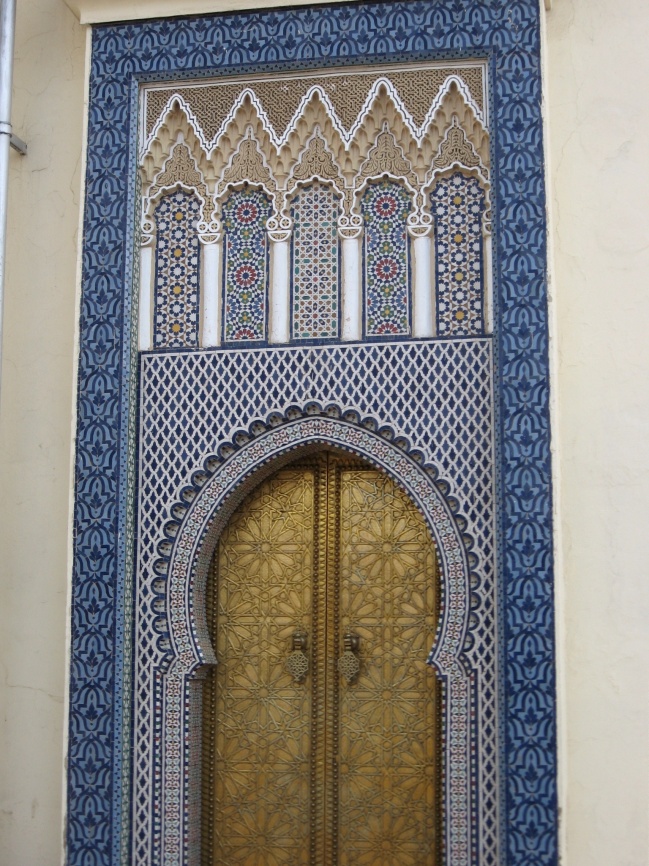
These still, ornate and symmetrical images don’t even begin to tell the story of Morocco though. They are quiet points. This country, my first step onto the African continent, is a mix quiet beauty and crowded, noisy daily life. It is a mix of agricultural land with subsistence-level farms as well as export crops from large operations, like olive groves. Its cities are also a mix of wide avenues and squares, and crowded, tiny spaces in the old, traditional medinas and souks.
Next up, details of a different sort of mosaic–a colorful, living one.
For now, here is one last image of a quiet interior.

 Just look at these mango trees! A grove of calm and birdsong and other families wandering in the green. Here’s a path lined with giant mangoes.
Just look at these mango trees! A grove of calm and birdsong and other families wandering in the green. Here’s a path lined with giant mangoes.  We spent most of the day in the garden with a light lunch at Biciclet, a cafe with wonderful organic food. Views from the garden included this one of Corcovado–the stone with Christ the Redeemer on top.
We spent most of the day in the garden with a light lunch at Biciclet, a cafe with wonderful organic food. Views from the garden included this one of Corcovado–the stone with Christ the Redeemer on top. It was a great day of watching Brazilian families, enjoying trees only Brazil can offer, and getting a feel for a corner of Rio.
It was a great day of watching Brazilian families, enjoying trees only Brazil can offer, and getting a feel for a corner of Rio. 